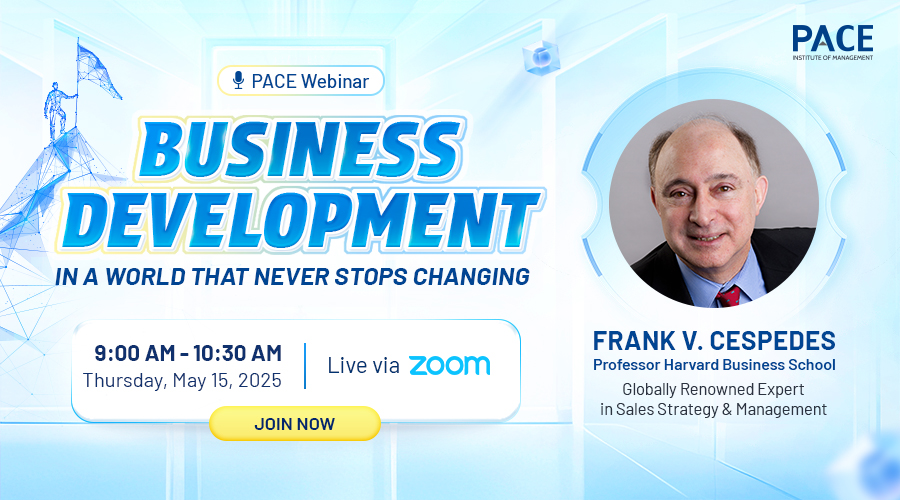Once you come up with a promising insight, there is no guarantee that success will follow, of course. You need to turn a great insight into a thriving business, which is incredibly difficult. You are talented but not yet sure you can adapt. Anyone know who is the person who created a superior product. But how to find out this product is a difficult problem.
Here are 10 ways you can compete differently to find a hole in the marketplace:

1. Upgrade
Take a basic product and make it special, either by adding value to it or marketing it as a status product.
Luxury automobiles and designer blue jeans are examples of what were once pedestrian products that have been given cachet. I would argue the whole artisanal movement--pickles, cookies, you name it, would fit here as well.
The craft also is a popular trend. But if products are raising up the artistic product will cost far more. Let's learn how selling Hermès handbags.
2. Downgrade
Take a product that has always been associated with status and reduce it to its underlying concept.
Examples: People Express Airlines eliminated all the frills that came with an airplane ticket (meals, magazines, etc.) and was one of the first companies, back in the 1980s, to reduce flight to simple transportation. (Some 30 years later all the major airlines, unfortunately, are copying the People Express model, but still charging a full fare.)
3. Bundle
There are certain products or services that almost always go together. Instead of requiring people to pay for them separately, combine them. Cell phones now come with cameras. Printers today usually bundle in a fax machine and scanner. People have combined peanut butter and jelly in a jar. What could you put together?
4. Unbundle
Just the flip side of what we discussed above. Ask, what products have been so gussied up that you can sell the individual components?
Life insurance is a good example. It became common practice in the industry to combine the protection component with a savings element. That became the basic insurance policy. Term insurance, which eliminates the savings component and just provides protection, has become very popular.
5. Transport
The core of the main export is to meet the needs of the geographic border crossing. Japanese restaurant in Vietnam or the Vietnam bars in America, it's easy to find examples of success when bringing products and services to the different regions worldwide.
6. Expand
Try a product just limited to a locality can be widely for all the mass customer or not? For example, Kobe beef in Japan has now become a dish was longing in many chic restaurants around the world.
7. Narrowcast
We borrow the term from television. When cable television was in its infancy, its broadcasters realized they all shouldn't try to reach mass audiences. For all their faults, the three major networks back then did a fairly good job of serving the widest audience possible.
8. Think big
Instead of carrying just one product, carry everything related to it. Think of the home improvement stores like Lowe's or Home Depot.
9. Think Small
While huge stores, such as Lowe's, can offer more merchandise, they can't offer the depth of selection in each line that a true connoisseur demands. And they usually don't have a trained staff to offer advice.
You can succeed by offering more in a small field like tile, rugs, or cabinets. (This could be considered a form of narrowcasting.)
10. Price
At first blush, you may not think of competing on price as niche finding, but it is.
Remember we are talking about competing differently, and the price is clearly one way to differentiate yourself from your competitors. Yes, it is a dangerous approach - you are willingly given up margins but it is an option.
Source INC.com









.jpg)
.jpg)
